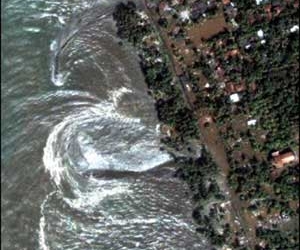The great rivers of Asia not only offer picturesque and dramatic landscapes but also play a crucial role in the lives of the people living along their banks.
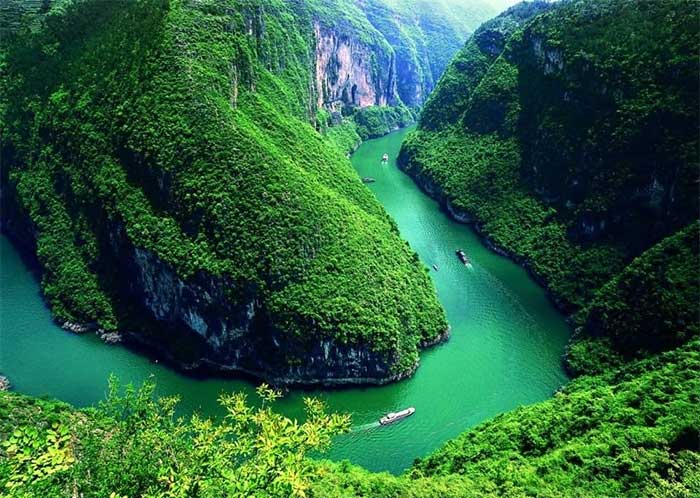
1. The Yangtze River (or Chang Jiang) in China is the longest river in Asia, ranking third in the world after the Nile (Africa) and the Amazon (South America). With a length of 6,300 km, the Yangtze flows through 10 provinces and has 8 tributaries, serving as a major waterway in China. River cruises along the Yangtze attract numerous tourists seeking unique experiences. (Image: Nexus Holidays).
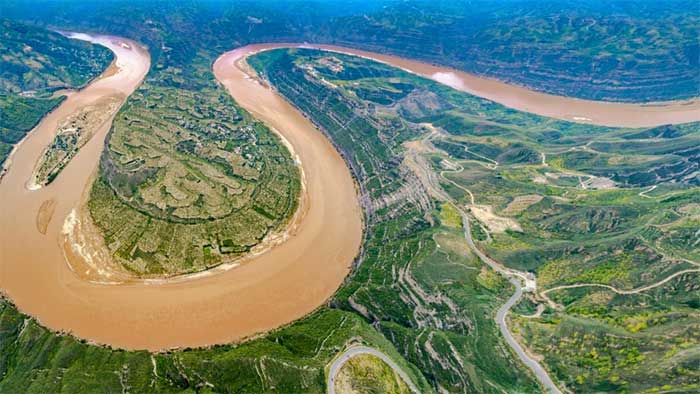
2. The Yellow River (Huang He) flows through 9 provinces before emptying into the Bohai Sea in Shandong Province, China. It stretches 5,464 km. The name “Yellow River” refers to the yellow color of its waters, which carry a significant amount of silt from the loess plateau. The Yellow River is one of China’s most important rivers. (Image: CGTN).
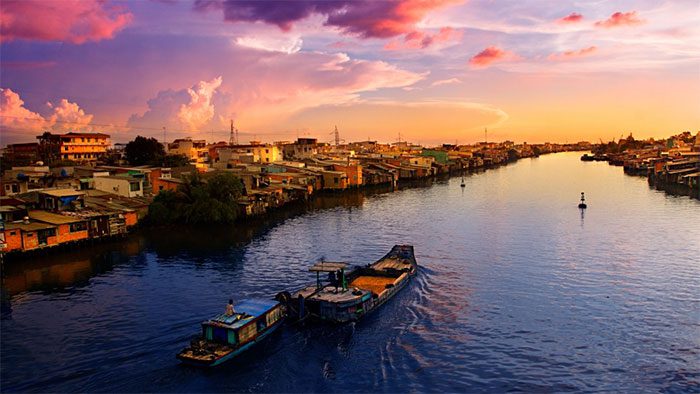
3. The Mekong River crosses the borders of several countries, originating in Southeast China, passing through Tibet and Yunnan Province, and flowing through Myanmar, Laos, Thailand, Cambodia, and finally into Vietnam, where it empties into the South China Sea. It is the longest river in Southeast Asia, measuring 4,909 km. The river’s name varies by country. (Image: Jacada Travel).
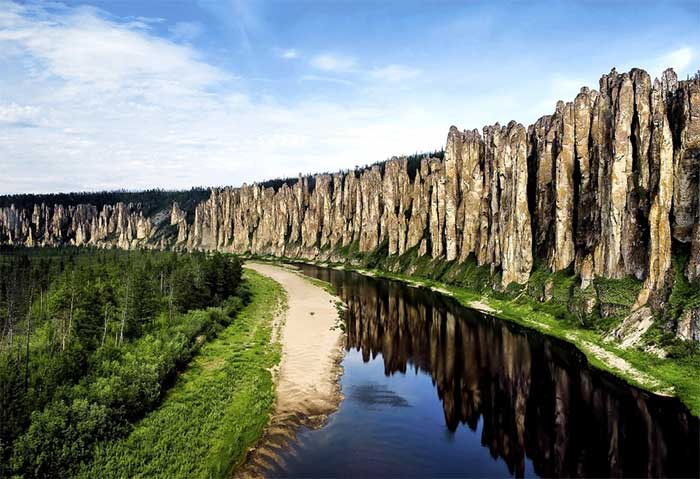
4. The Lena River is entirely within the borders of Russia, with a total length of 4,294 km. The river begins at the Baikal Mountain range and flows primarily through the Sakha Republic of Russia. The Lena River is located in a region rich in wildlife and natural resources, including gold. (Image: Gracia Films).
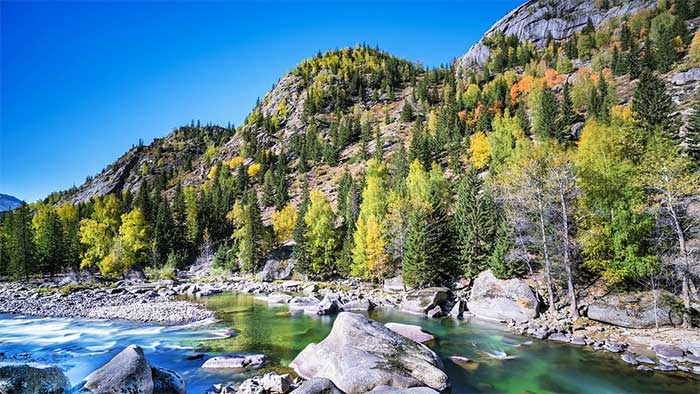
5. The Irtysh River: The fifth-longest waterway in Asia, the Irtysh measures 4,248 km. It originates from glaciers in the Altai Mountains of Xinjiang Province, flowing westward through the northernmost part of China and into Kazakhstan (where it is known as the Ertis River). The Irtysh then flows into Russia and merges with the Ob River in western Siberia. Passenger, cargo, and oil tankers can navigate most of the river between April and October when the waters are not frozen. (Image: CGTN).
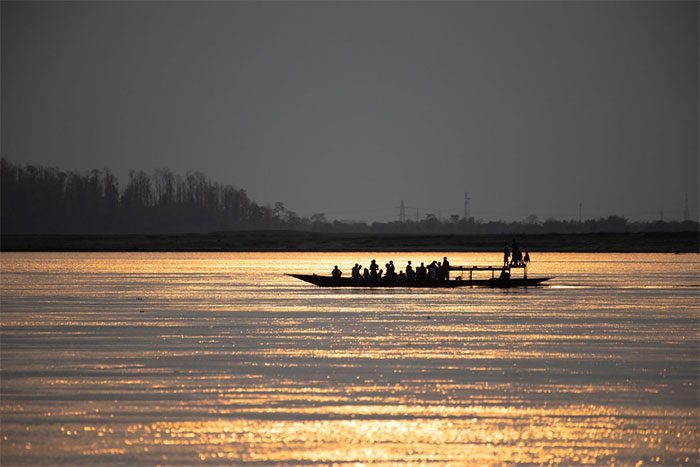
6. The Brahmaputra River is the sixth-longest river in Asia, flowing through India, Bangladesh, and Tibet (China). It originates from Lake Mansarovar and lies north of the Himalayas, with a length of 3,848 km. Indigenous people in India and Bangladesh rely heavily on this river. Tourist attractions include the Kamrup region, Maijan Lake, The Twin Rock, and Accoland. (Image: Mayuresh Hendre).
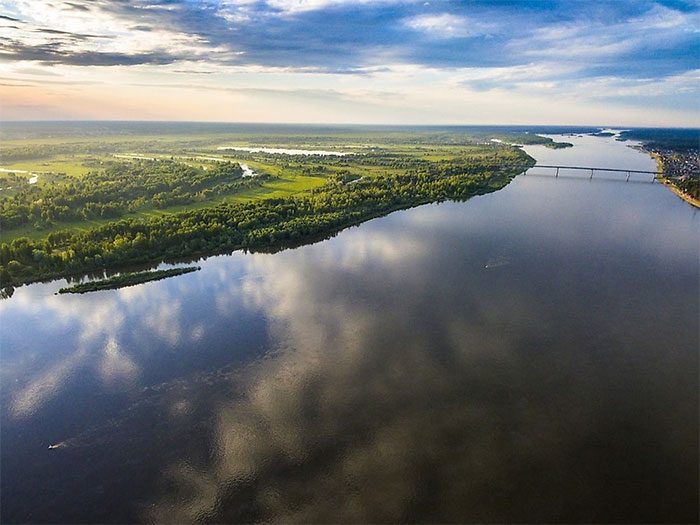
7. The Ob River is also one of the longest rivers in Asia, located in Russia with a length of 3,650 km. It is home to diverse flora and fauna and features stunning river valleys. The Ob River Museum and San Siti are notable tourist destinations in the area. (Image: World Atlas).
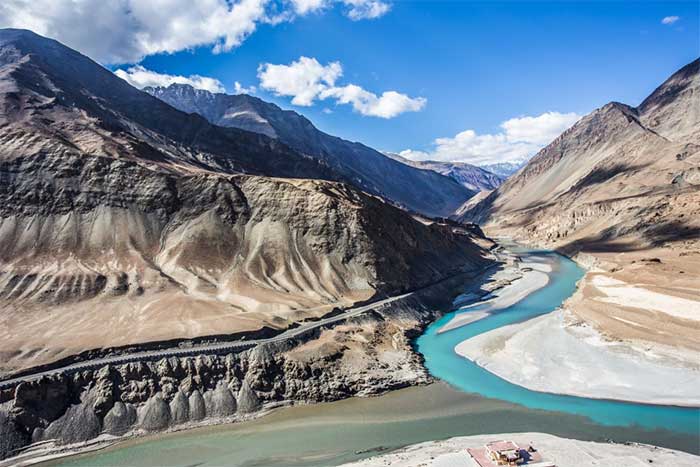
8. The Indus River is the next river on this list, stretching 3,610 km and flowing through China, India, and Pakistan. It is the largest and most important river in Pakistan. The Indus originates in the Tibetan Plateau near Lake Mansarovar and the Himalayas, flowing through the territory of Jammu and Kashmir in India, then southward through Pakistan, ultimately draining into the Arabian Sea. (Image: Pinterest).
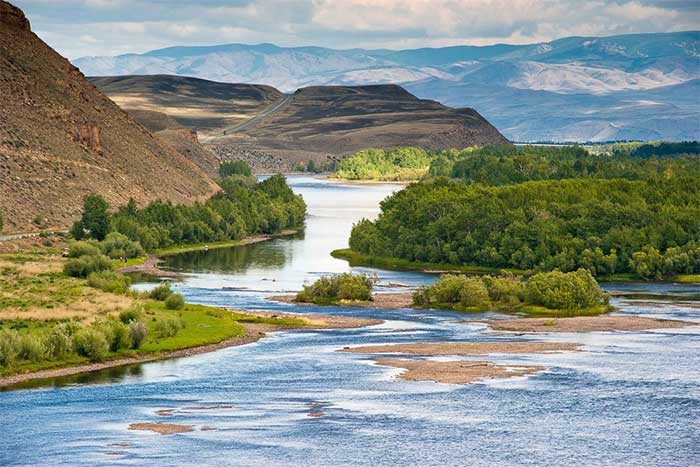
9. The Yenisei River is the largest river system flowing into the Arctic Ocean. It measures 3,487 km and reaches a maximum depth of 24 m. In its upper reaches from Mongolia, with numerous rapids, the Yenisei flows through sparsely populated areas. In the middle reaches, the river is controlled by a series of major hydroelectric dams in Russia. Flowing through taiga forests, the river receives water from various tributaries and ultimately empties into the Kara Sea in a desolate tundra region, frozen for about six months each year. (Image: Zenq.am).
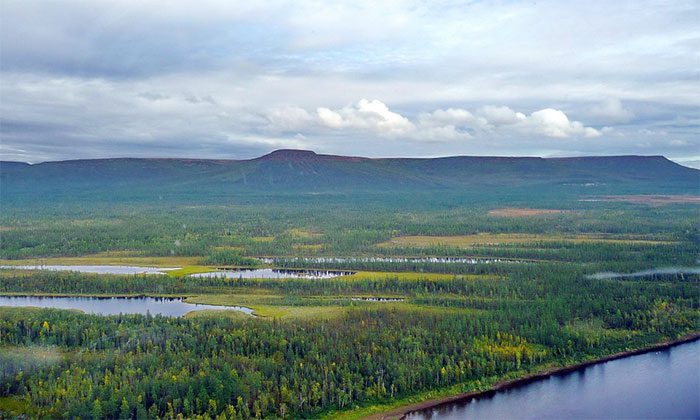
10. The Nizhnyaya Tunguska River measures 2,989 km and flows through Russia and Siberia. It is the second-largest tributary of the Yenisei. The riverbanks offer spectacular views with cliffs, gorges, and plateaus. Notably, the Tunguska Nature Reserve and the Tunguska Event are major tourist attractions. (Image: jxandreani/Flickr).










































